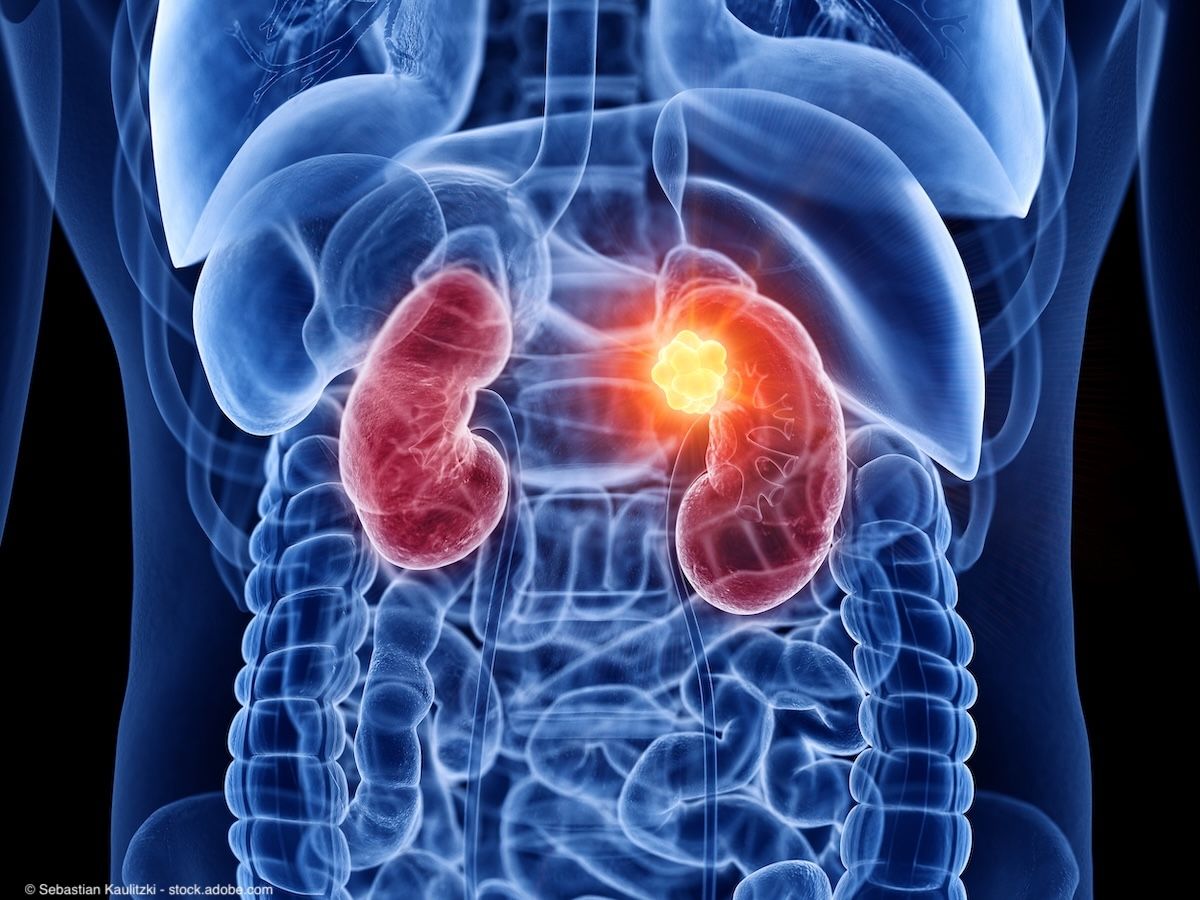News
Article
Actinium-225-PSMA therapy shows strong antitumor activity in mCRPC
Author(s):
“To our knowledge, this is the largest investigation of the antitumor effect and toxicity of 225Ac-PSMA radioligand therapy in mCRPC,” the authors wrote.
Actinium-225 (225Ac) PSMA radioligand therapy (RLT) demonstrated strong antitumor activity in patients with previously treated metastatic castration-resistant prostate cancer (mCRPC), including individuals who had received 177Lu-PSMA RLT, according to findings from a retrospective study.1
“The antitumor effect of 225Ac-PSMA RLT in mCRPC is influenced by several factors, including previous treatment with taxane-based chemotherapies and the pattern of mCRPC metastases. These factors should be considered in selecting patients for 225Ac-PSMA RLT," the authors wrote.

At a median follow-up of 9 months, the median overall survival was 15.5 months and the median progression-free survival was 7.9 months. Nearly three-fourths (73%) of patients had any PSA decline and 57% of patients had a PSA decline of at least 50%.
“To our knowledge, this is the largest investigation of the antitumor effect and toxicity of 225Ac-PSMA RLT in mCRPC,” the authors wrote. “225Ac-PSMA radioligand therapy has substantial antitumor effects in mCRPC…Prospective trials are needed to validate the safety and survival benefits of 225Ac-PSMA RLT in patients with mCRPC.”
For their retrospective study, the investigators pooled data from 488 patients with mCRPC treated with 225Ac-PSMA RLT between Jan 1, 2016, and May 31, 2023, at 7 clinical centers across Australia, India, Germany, and South Africa. The patients were identified through a PubMed search for relevant studies of patients with histopathologically confirmed adenocarcinoma of the prostate who had received at least 1 cycle of 225Ac-PSMA RLT (8 MBq, intravenous) for mCRPC.
Patients had a mean age of 68.1 years (range, 37-90) and a median baseline PSA of 169.5 ng/mL (interquartile range, 34.6-519.8). ECOG performance status was as follows: 0 (25%), 1 (40%), 2 (16%), 3 (9%), 4 (3%), and not available (8%).
For the 363 patients for whom International Society of Urological Pathology grade groups were available, the groups were grade 1 (6%), grade 2 (10%), grade 3 (13%), grade 4 (25%), and grade 5 (47%). Metastases in patients included bone (89%), lymph node (72%), visceral (20%), and peritoneal (2%). Prior treatments included docetaxel (66%), cabazitaxel (21%), abiraterone (39%), enzalutamide (39%), 177Lu-PSMA RLT (32%), and radium-223 dichloride (4%).
Patients received a median of 2 treatment cycles (IQR, 2-4).
Regarding safety, the authors noted that among 347 patients with available xerostomia data, 68% (n = 236) experienced treatment-induced xerostomia following their first cycle of 225Ac-PSMA RLT. Further, xerostomia was reported in all patients who received more than 7 cycles of 225Ac-PSMA RLT.
Other toxicities of note were grade ≥3 anemia in 13% of the 488 patients, grade ≥3 leukopenia in 4%, grade ≥3 thrombocytopenia in 7%, and grade ≥3 renal toxicity in 5%. The authors reported no serious adverse events or treatment-related deaths.
“The results of this international multicenter study provide the strongest evidence to date supporting the antitumor activity and safety of 225Ac-PSMA RLT for mCRPC treatment,” the authors wrote in their conclusion, also noting their data showed that, “The antitumor effect of 225Ac-PSMA RLT in mCRPC is influenced by several factors, including previous treatment with taxane-based chemotherapies and the pattern of mCRPC metastases. These factors should be considered in selecting patients for 225Ac-PSMA RLT, especially considering the current limitation in 225Ac supply and the prevalence of xerostomia induced by this therapy.”
Reference
1. Sathekge MM, Lawal IO, Bal, et al. Actinium-225-PSMA radioligand therapy of metastatic castration-resistant prostate cancer (WARMTH Act): a multicenter, retrospective study [published online January 10, 2024]. doi:10.1016/ S1470-2045(23)00638-1
Newsletter
Stay current with the latest urology news and practice-changing insights — sign up now for the essential updates every urologist needs.
















